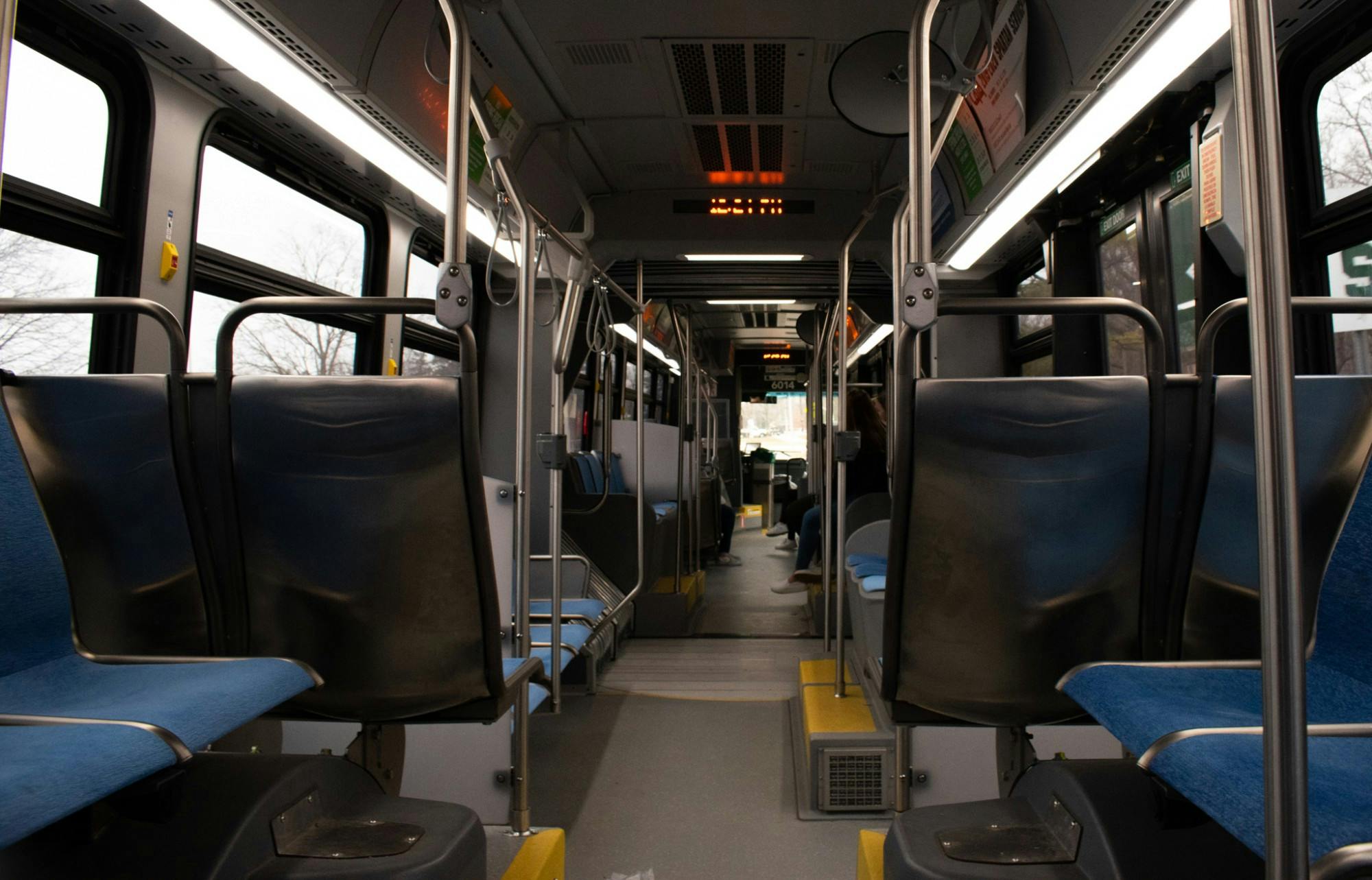Michigan’s seasonally adjusted unemployment rate rose sharply in April to 22.7% — a monthly jump of 18.4 percentage points and 8 percentage points above nationally reported numbers, according to a May 20 release by the Michigan Department of Technology, Management and Budget.
This comprises a decrease of 1,130,000 individuals in Michigan employment and a growth of 839,000 in unemployed residents, resulting in a labor force drop of 291,000 over the month. In one month, this dropped the state workforce to levels reported in 1991, the release said.
According to the release, Michigan’s April 2020 unemployment rate is the highest rate reported as far back as comparable estimates go, likely making it an all-time high. The previous high rate over this period was 16.5% in December 1982.
The number of unemployed people in Michigan was also an all-time high at 1,048,000. The previous peak was 725,000 in June 2009.
Michigan Unemployment Insurance Agency, or UIA, Director Steve Gray addressed the Joint Select Committee on the COVID-19 pandemic May 13 addressing concerns over applications for unemployment benefits.
The committee was formed in late April to examine the governmental actions taken in response to the COVID-19 pandemic in Michigan.
As of May 13, Gray said the UIA has filed more than 1.7 million new claims in Michigan since March 15, accounting for 34% of the workforce. Prior to the outbreak, about 5,000 new claims had been filed on average per week, equating to about a 3,300% increase in demand for benefits.
According to data released by the Bureau of Labor Statistics, the number of unemployed individuals in the U.S. rose by 15.9 million to 23.1 million in April, pushing the unemployment rate up to 14.7%.
Gray said the UIA has paid out $5.6 billion in benefits to nearly 1.4 million Michiganders, most of which has been federally funded.
Among the applicants, Gray said around 8% are still waiting to be reviewed and approved for funding, totaling around 134,000 individuals.
Gray said there are three key issues to be considered: removing excessive eligibility requirements that delay payments, expanding eligibility by covering vulnerable workers and improving user experience by designing a human-centered system for claiming.
“Emergency action is a band aid on a program that needs reconstructive surgery,” Gray said.
Over the past few weeks, many have expressed concern regarding the systems used for filing claims.
Committee Chair Matt Hall said he has heard numerous reports by claimants who call and are met with long wait times ultimately resulting in the system hanging up on them before speaking with a representative.
Gray said this comes as a result of staffing and resource issues, with not enough staffers to field the overwhelming volume of phone calls and claims. The phone system, he said, is designed to eliminate unnecessary waiting, with a call-back function that places callers in a queue.
“When you have 150,000 calls coming in, unique callers coming in a day, it’s a matter of having thousands of people to be able to answer those calls,” Gray said.
Initially, he said the focus was making sure phones were an available option to those who were unable to file online.
Gray said staff members use the call-back function to field claims for individuals who may have been having trouble logging into the system and to return those callers placed on hold.
This has presented an issue of response, with calls coming in from “866” area codes that many ignore as spam.
Support student media!
Please consider donating to The State News and help fund the future of journalism.
When claimants don’t answer these calls, they are left a message and given 48 hours to return it. Staff members will make two attempts, after which the claimant is responsible for filing again.
Hiring staff members to process claims made through their online systems requires in-depth training in adjudication and the web-messaging system, Gray said. Currently, they are employing about 200 staff members to handle these messages, with 30 more coming later in the week and 50 by the end of next week.
Many of the 134,000 cases still yet to be processed require a one-on-one review and are being processed in a reverse chronological order, Gray said. At the moment, they are still processing cases from around the beginning of April, though cases are being removed from review requirements on a constant basis.
According to Gray, the UIA has been able to identify areas where cases had been held for review where it was not legally required. A recent executive order removing the requirement to look at prior separations, Gray said, has removed over 100,000 issues that needed to be reviewed.
Discussion
Share and discuss “Michigan unemployment for April at 22%, thousands await review” on social media.








